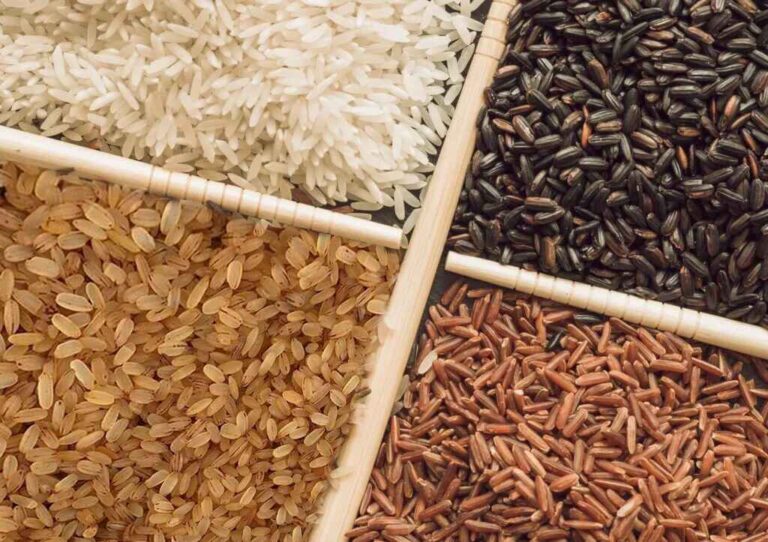Exploring the Unique Rice Varieties of Kerala

Exploring the Unique Rice Varieties of Kerala Kerala, often referred to as “God’s Own Country,” is renowned for its lush landscapes, tranquil backwaters, and rich culinary heritage. Among its agricultural treasures, rice holds a central place—not just as a staple food, but as a symbol of tradition, biodiversity, and sustainability. Especially in regions like Palakkad and Kuttanad, Kerala cultivates a range of traditional Kerala rice varieties that are celebrated for their distinct flavors, health benefits, and cultural value. Popular Traditional Rice Varieties in Kerala Matta Rice (Palakkadan Matta) Matta rice, also known as Kerala Red Rice or Rose Matta, is perhaps the most iconic type of rice in Kerala. Grown mainly in the Palakkad region, this rice is recognizable by its reddish-brown outer layer and earthy aroma. It is a staple in traditional Kerala meals, especially during feasts like Sadhya. Matta rice is flavorful and highly nutritious—rich in fiber, iron, and magnesium. It aids digestion and helps regulate blood sugar levels, making it a healthy choice for daily consumption. Jeerakasala Rice (Wayanadan Kaima) Jeerakasala rice, also called Kaima rice or the Seeraga Samba of Kerala, is a short-grain aromatic variety cultivated in the Wayanad region. Known for its delicate fragrance and soft texture, it is the preferred rice for dishes like Malabar Dum Biryani. Despite its small size, it is rich in flavor and absorbs spices well, making it a favorite for festive cooking. Njavara Rice – The Medicinal Grain Njavara is a rare and ancient variety that holds a special place in Ayurvedic medicine. With black or reddish-brown grains, Njavara is grown in limited areas and is often used in treatments like Njavarakizhi. It boosts immunity, improves muscle strength, and aids tissue repair—making it a welfare grain deeply embedded in Kerala’s healing traditions. Pokkali Rice – Nature’s Climate-Resilient Grain Pokkali rice is grown in the saline wetlands of Kuttanad, Ernakulam, and Alappuzha. Known for thriving in saltwater, it’s often cultivated in rotation with prawn farming. Naturally organic and mineral-rich, Pokkali represents sustainable agriculture at its best, standing out for its environmental and nutritional benefits. Gandhakasala Rice – A Taste of Royalty Gandhakasala rice is a rare, aromatic variety once reserved for temple offerings and royal feasts. Grown in Wayanad, it’s ideal for making traditional desserts like payasam. Thanks to heritage farmers, this nearly forgotten rice is making a comeback, linking today’s kitchens to Kerala’s glorious past. Modern Varieties: Vyttila-11 and Beyond Alongside tradition, Kerala embraces innovation with high-yielding varieties like Vyttila-11. These are developed to resist flooding and climate stress. While they may not carry the legacy of native grains, they are essential for food security and supporting farmers in changing times. How to Choose the Right Rice Variety For daily meals: Choose Matta rice for nutrition and flavor. For biryanis and celebrations: Jeerakasala is the top pick. For Ayurvedic diets: Njavara offers therapeutic value. For organic and sustainable farming: Pokkali is ideal. For sweets and traditional ceremonies: Go with Gandhakasala. Conclusion Kerala’s traditional rice varieties are more than just grains—they are living legacies of a culture that values nature, health, and tradition. By choosing these native rice types in Kerala, you not only elevate your meals but also support sustainable farming and the preservation of Kerala’s cultural history. Whether it’s a bowl of Matta rice and curry or a fragrant Kaima biryani, every grain carries the soul of Kerala.

